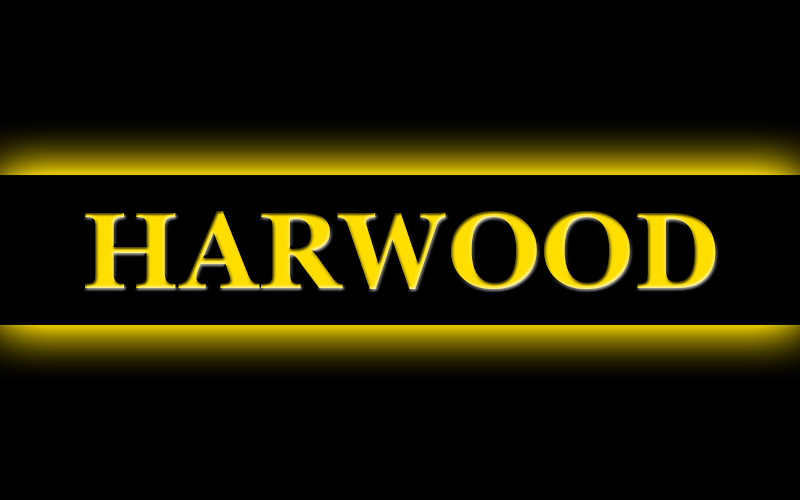Students from a Harwood class called “Dialogues on Race” hosted a community discussion on Thursday, May 29, on Zoom. The class is co-taught by Kathy Cadwell, Jonah Ibson, Matt Henchen and 11th-graders Sophie Krotinger and Maia George.
“I want to acknowledge the limitations of talking about race, responsibility and privilege, as our class at Harwood and our community certainly is predominantly white and middle class. But, we want to begin this conversation,” said Kathy Cadwell as she welcomed everyone.
She then read the prompt: “What should students, teachers and community members do to acknowledge and confront individual and systemic racism in our schools and community?” Sophie Krotinger and Maia George then said a few words. “It’s been really inspiring to work with my peers this year to learn about these issues together,” said George.
A land acknowledgement, written by Laura Ellis, was modified and read by sophomore Ella Dice. “We gather today, as youth and adults, committed to a more just and equitable world. We gather virtually across the state of Vermont to acknowledge that we are on the unseeded land of the Abenaki Native Americans who have cared for it for generations and continue to do so… We honor the history of BIPOC people and acknowledge both the painful history of enslavement that this country was built on the backs of black and brown people,” she read.
When new participants arrived at the Zoom meeting, smiles grew on the student organizers’ faces. One hundred ten people signed up for the event, and 95 showed up. Overall, the organizers were pleased with the number of participants. However, after the event ended, the student organizers said they would’ve liked to see more people of color and students in attendance.
The 95 participants did not have a conversation over Zoom. Instead, the participants were put into smaller groups varying in size, with one or two facilitators. Almost all of the facilitators were students. The reporter covering the event could not witness all of the group's discussions, only their own.
Once in the breakout rooms, the facilitators asked why each participant was there and to introduce themselves. Each person’s reason was a little different. One said, “I am here to listen. I always consider myself learning, and learning from high school students is one of my favorite things to do.” Another said they were there because they wanted to know how they could help dismantle the systemic issues in their community.
The conversation was impactful, full of understanding and curiosity for what others have experienced regarding the topic of race. One participant, a student from Harwood, explained calling out behavior and confronting it is a large part of how students can contribute to stopping racism at school. “I think a lot of the time we don’t understand how much power we have as friends,” they said. They continued, saying it’s important to catch yourself too, especially when growing up in a very white state, where biases can go unnoticed.
Another popular theme during the discussion was a change in curriculum. Members of the breakout room agreed that a change in curriculum could be really impactful. This change could include making more modern connections in a history class to systemic issues.
A question was posed by a participant: “There are large parts of our community that are not participating in groups like this. I’d like to know what we could do about reaching those communities, other than simple invitations to jump on to a Thursday evening Zoom call,” they said.
At the end of the meeting, all of the participants joined together again. Maroni Minter, a graduate of Harwood and the director of the Waterbury Area Anti-Racism Coalition (WAARC), represented the BIPOC Affinity Students Group when he announced that the group would be open to white students now. “Especially the students who are leading this work, who are on here [Zoom] tonight, we would love to invite you to join our group because we do think all of us have a role to play in these conversations.”







